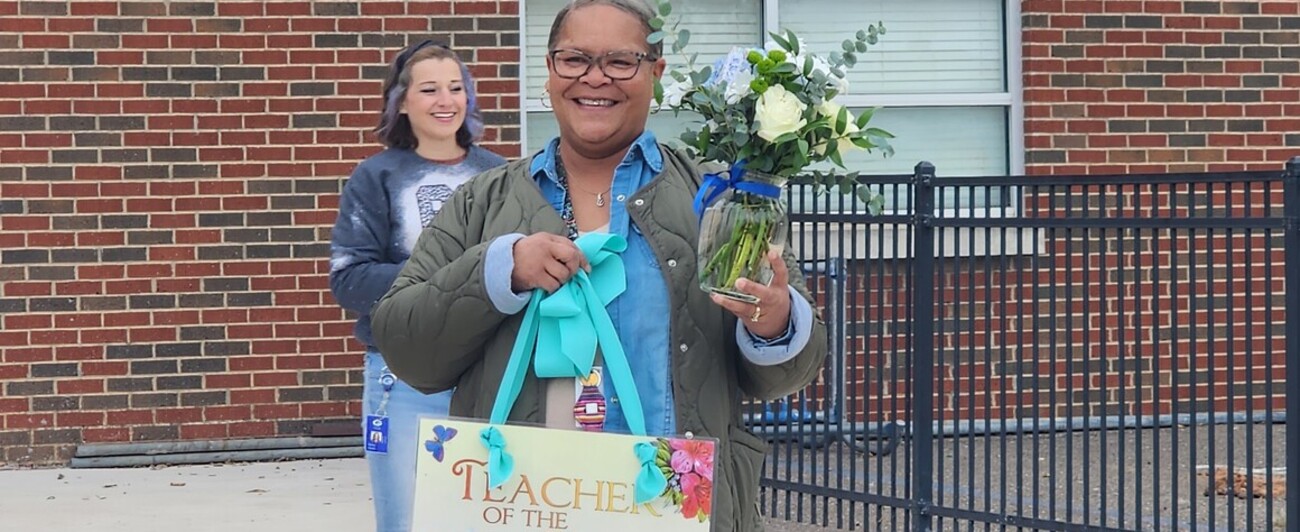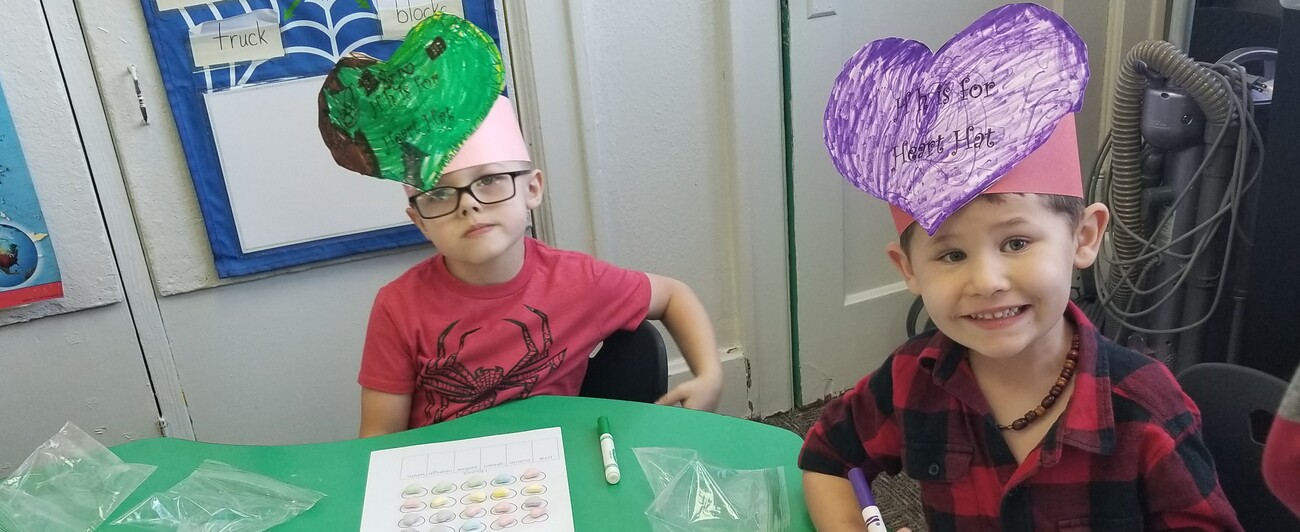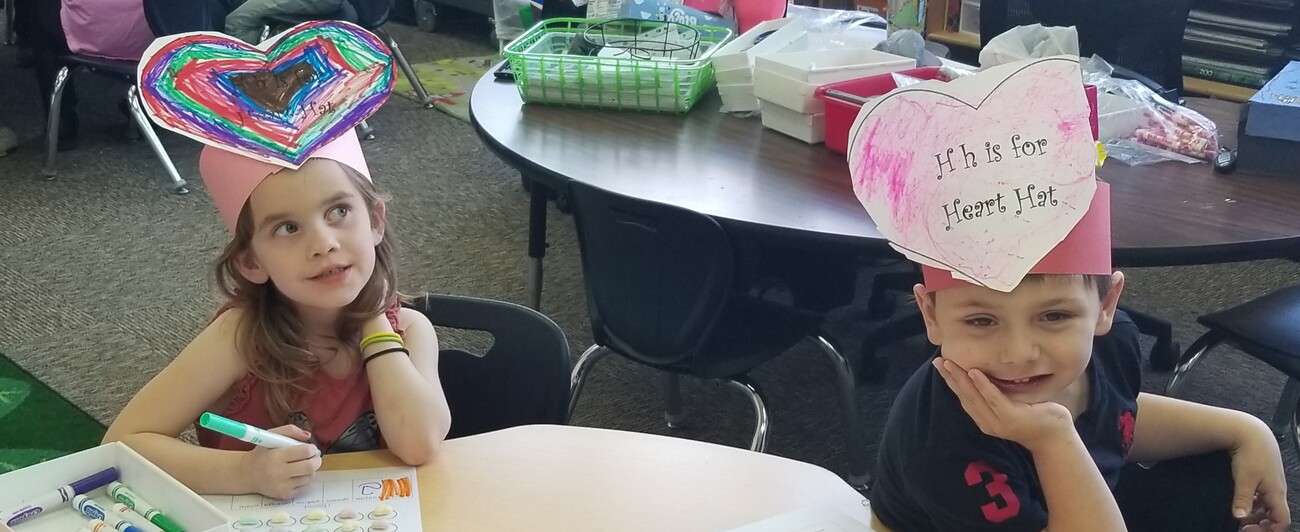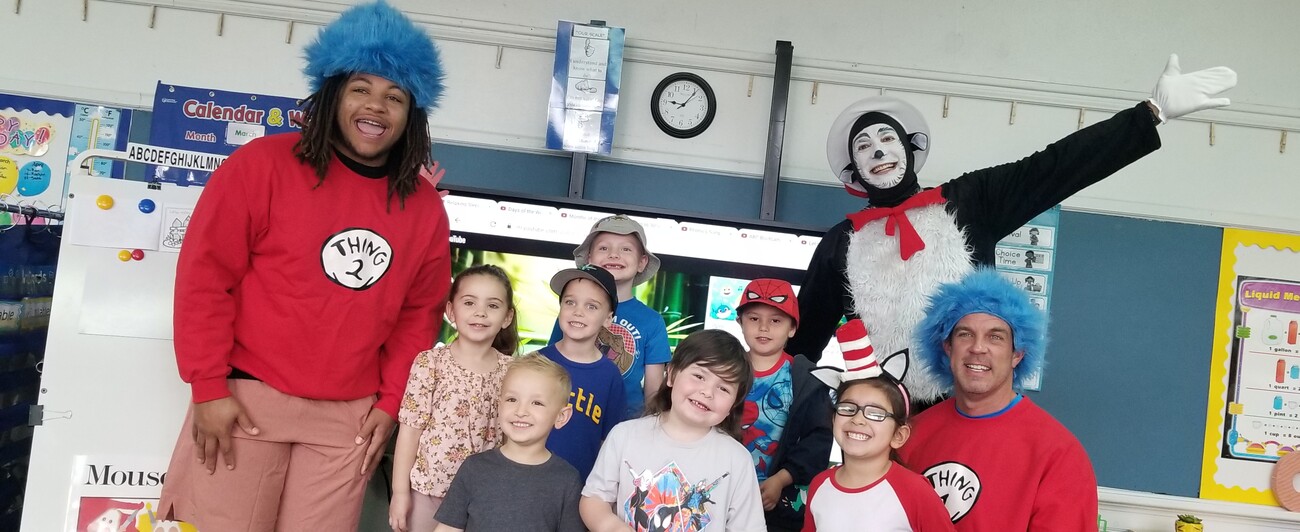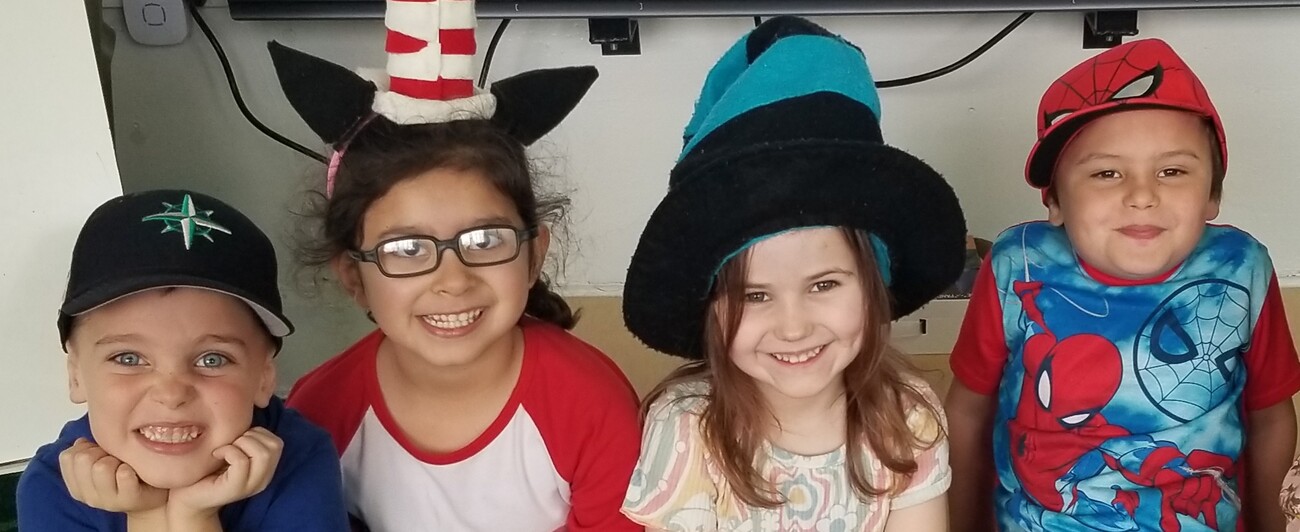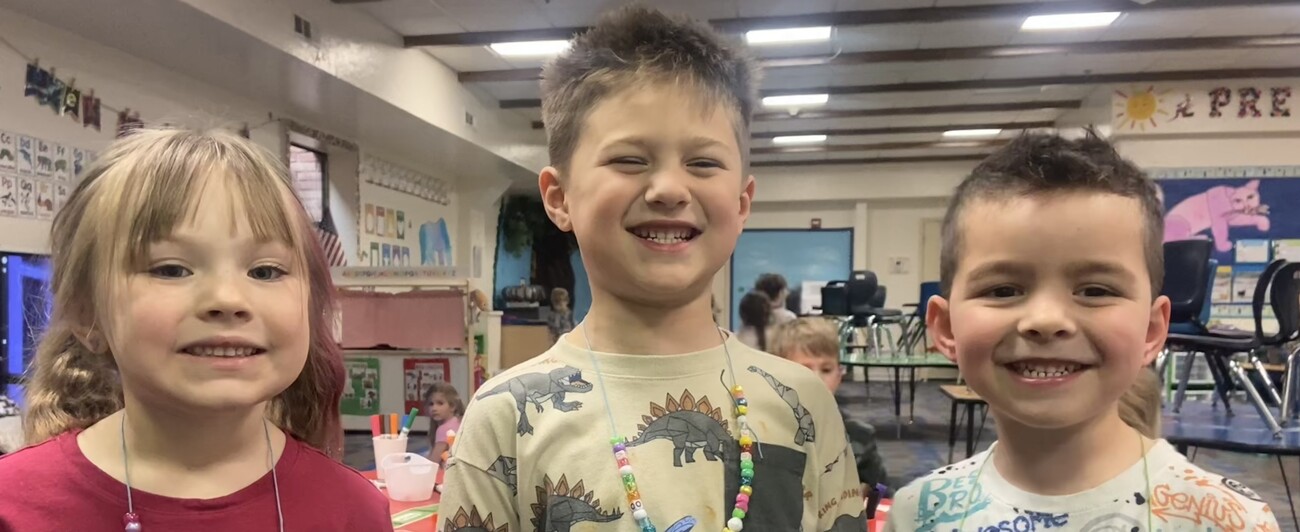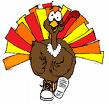November News Article
Tips for Reading Aloud
Rhyming activities help your child to pay attention to the sounds in words. Reading books with rhyming words, singing songs or playing games with rhyming words, can be a fun activity that can lead to recognizing the patterns in words.
Some ideas to increase rhyming ability in your child are:
1) When reading or singing a rhyme with or to your child, stop before a rhyming word and encourage your child to fill in the blank. Be sure to give praise when the correct word is produced and help when necessary.
2) Around the house, point to objects and say their names, for example, clock. Then ask your child to say as many words as she can that rhyme with the name. Other easily rhymed words are ball, bed, rug, sink, and toy. Let your child use some silly, or nonsense words as well: toy--hoy, boy, woy, loy, doy, etc.
3) Say three words such as go, dog, and frog, and ask your child which words sound almost the same (rhyme). Vary the placement of the word that doesn't rhyme with the other two.
4) If your child has an easy-to-rhyme name, ask her to say words that rhyme with it: Jill--bill, mill, fill, hill.
5) Read and recite Mother Goose rhymes. After they become familiar, you start the rhyme and let your child finish it.
6) If a computer is available, encourage your child to use it to play rhyming games. Some good sites are:
www.earobics.com/gamegoo
Tips for Before, During, and After Reading
Before reading, good readers think about what they already know about a subject they are getting ready to read about. They also determine a purpose for reading and when they read the information they are seeking, they recognize it and can remember it later.
During reading, good readers can decode words and pay attention to the meaning of what they read at the same time. They know that accurate meaning comes through interpreting "chunks" of words together. Good readers know when they are not understanding what they read and have several "fix-up" strategies to use: they re-read, ask questions, slow down, or think about what makes sense in the story.
After reading, good readers can identify important ideas from their reading. They also understand how the pieces of information fit together, and they want to read more.
From the US Department of Education; Helping Your Child Become a Reader; 2002.

